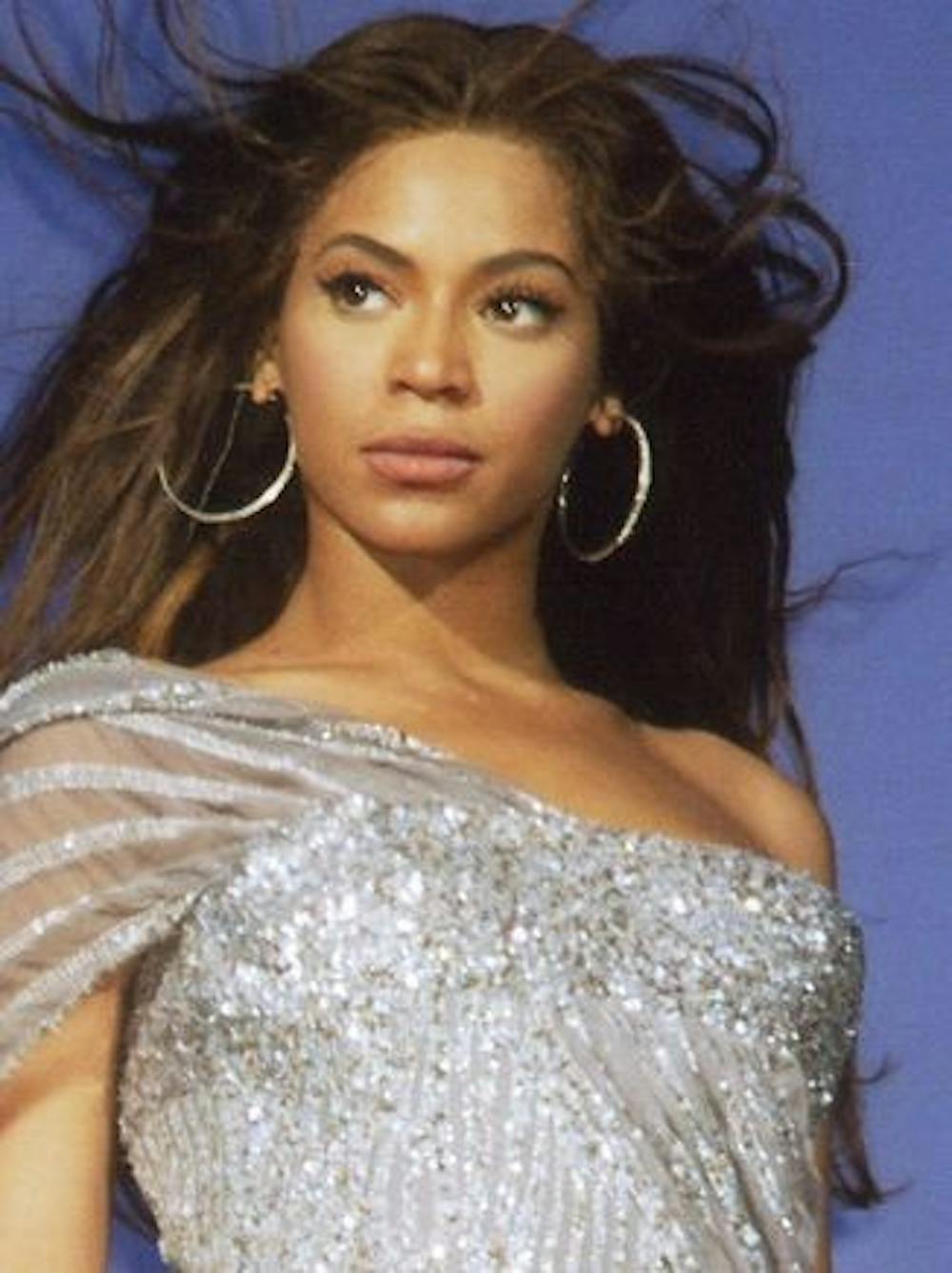Artists used to drop albums the same way every time: They would announce a new album in the works, promote it and release it on a set date. Yet, since album releases at their essence are all about marketing and lining up as many people as possible to buy the album, artists and their labels have been getting more and more creative in terms of how they present and release new work.
Most recently, Kanye West stirred up significant controversy surrounding his album, TLOP, or The Life of Pablo. He teased the album on social media, not even releasing the final name of the album — which was titled So Help Me God, then SWISH, then Waves — until days before his Yeezy Season 3 fashion show and album release party at Madison Square Garden in mid-February. Anyone who could guess the meaning of the album’s acronym would win free tickets and a pair of custom Yeezy shoes.
The event was live-streamed on Tidal, Jay Z’s struggling music streaming service, and at movie theaters around the world. When the feed was not crashing, viewers could witness the whole production — Kanye playing the album track-by-track, models standing perfectly still on stage and Kanye’s announcement that he is working on a video game about his late mother traveling to heaven called Only One.
This release of TLOP was chaotic — much like the album, some would say — since there was no finished record to purchase after the event. The album was still in production. Around this time, Kanye took to Twitter to beget more controversy, including defending lyrics about how he made Taylor Swift famous. He was also recorded ranting about SNL and Swift.
According to writer Gerrick Kennedy of the Los Angeles Times, more than 500,000 people illegally downloaded versions of the album since it would not be for sale on any platform other than Tidal. Despite this (or maybe even because of it), after two months, TLOP debuted at number one on the Billboard 200 chart for the week of April 11.
While Kanye’s album entered the music scene with a bang, Beyoncé’s 2013 self-titled album Beyoncé entered almost entirely in silence. Fans were aware that she was working on an album, but since they expected it to drop in 2014, fans did not anticipate any release for quite some time. Without a single press release, announcement or promotional tweet, Beyoncé’s album went live on iTunes on December 13, 2013.
It was accompanied by a visual album with cinema-quality videos for each track. Fans quickly took to social media, clamoring to post music clips or album art in attempts to prove that they had discovered it first. The album went on to become the fastest-selling album in iTunes history, both in the United States and around the world, as well as 2013’s largest debut sales week for a female artist, according to People.
These two iconic releases were preceded by a multitude of innovative and unconventional album releases. Beyoncé, as you may not have known, followed in the footsteps of David Bowie, who released his 24th studio album Where Are We Now? on his birthday in January 2013 with no prior mention or promotion.
Beck released his 2012 album, Song Reader, through a hardcover portfolio that contained only the sheet music for his 20 songs — the listeners would have to play the music themselves to hear it.
In 2007, Radiohead announced their album In Rainbows 10 days before releasing it digitally through their own website via a “pay-what-you-want” model. Fans were given the option of buying the albums for free. Yet, during that period, the album made more money than their 2003 album, Hail to the Thief.
The Flaming Lips released a compilation of love songs in 2013 on a USB drive, which was found inside an anatomically correct chocolate human heart contained in a box featuring signatures from band members Wayne Coyne and Steven Drozd. Guns N’ Roses had fans waiting for four years for their follow-up album following Appetite for Destruction and released the tracks on two albums in 1991. Fans lined up outside of music stores at midnight on the release date.
U2 has teamed up with Apple on more than one occasion — first for a commercial featuring the single “Vertigo,” then for limited edition iPods with U2’s entire discography and finally for the band’s surprise release of Songs of Innocence in 2014, which was downloaded onto Apple user’s devices at no cost.
Unconventional album releases reflect a wider trend of nuanced marketing techniques to get fans and consumers to involve themselves with brands. Marketing teams and artists get people to solve puzzles, share stories and participate in the marketing process in ways they never have before. Fans are motivated to share albums with friends and on social media. When knowledge of albums is communicated with a word-of-mouth model, fans get to be the trendsetters, the ones who discovered the content first. In doing so they also associate themselves with the brand or artist.
In addition, some artists feel that by controlling the release process, they can say something about their art and connect more personally with their fans.
“I didn’t want to release my music the way I’ve done it [before],” Beyoncé said to Ella Alexander of Vogue. “I am bored with that. I feel like I am able to speak directly to my fans. There’s so much that gets between the music, the artist and the fans. I felt like I didn’t want anybody to give the message when my record is coming out. I just want this to come out when it’s ready and from me to my fans.”





